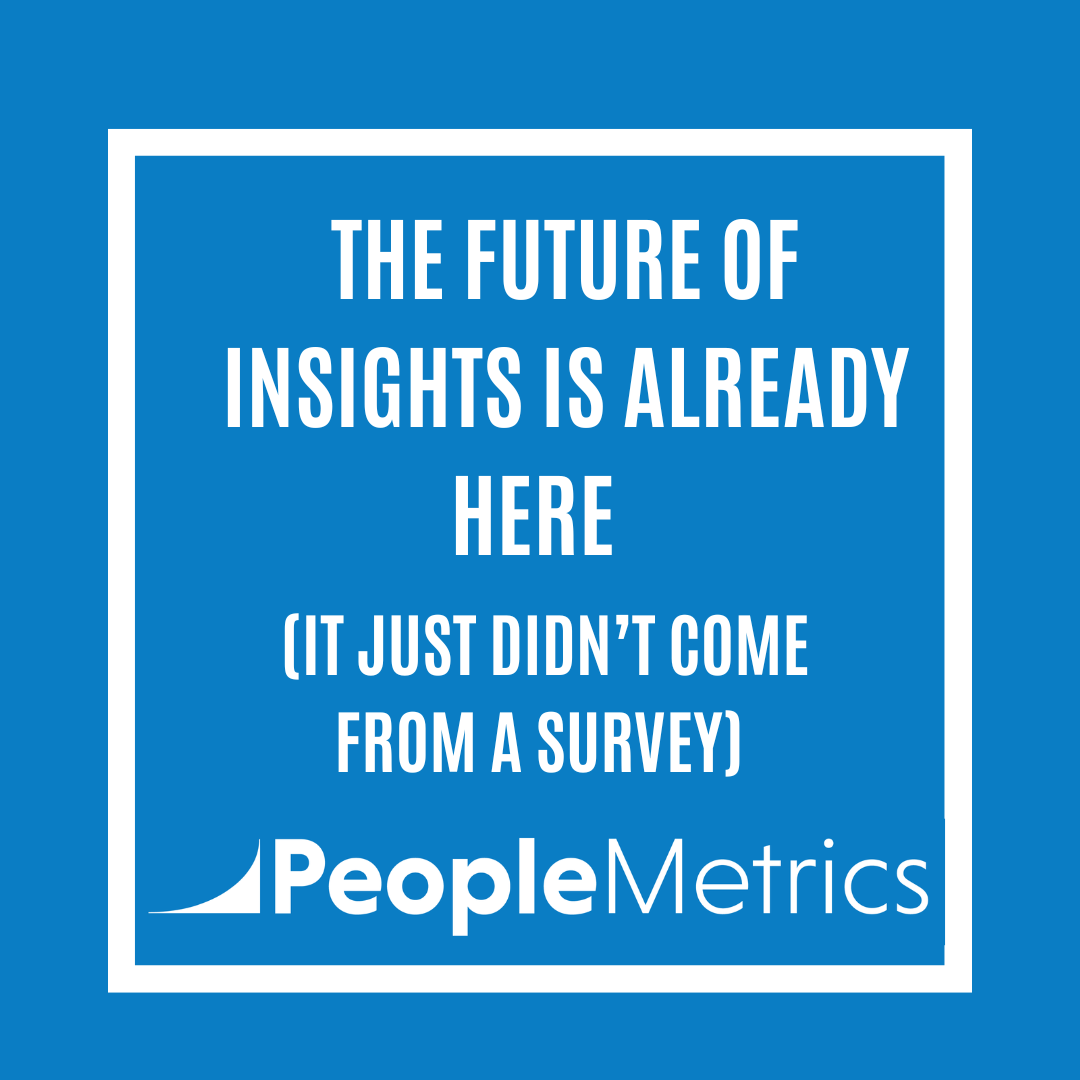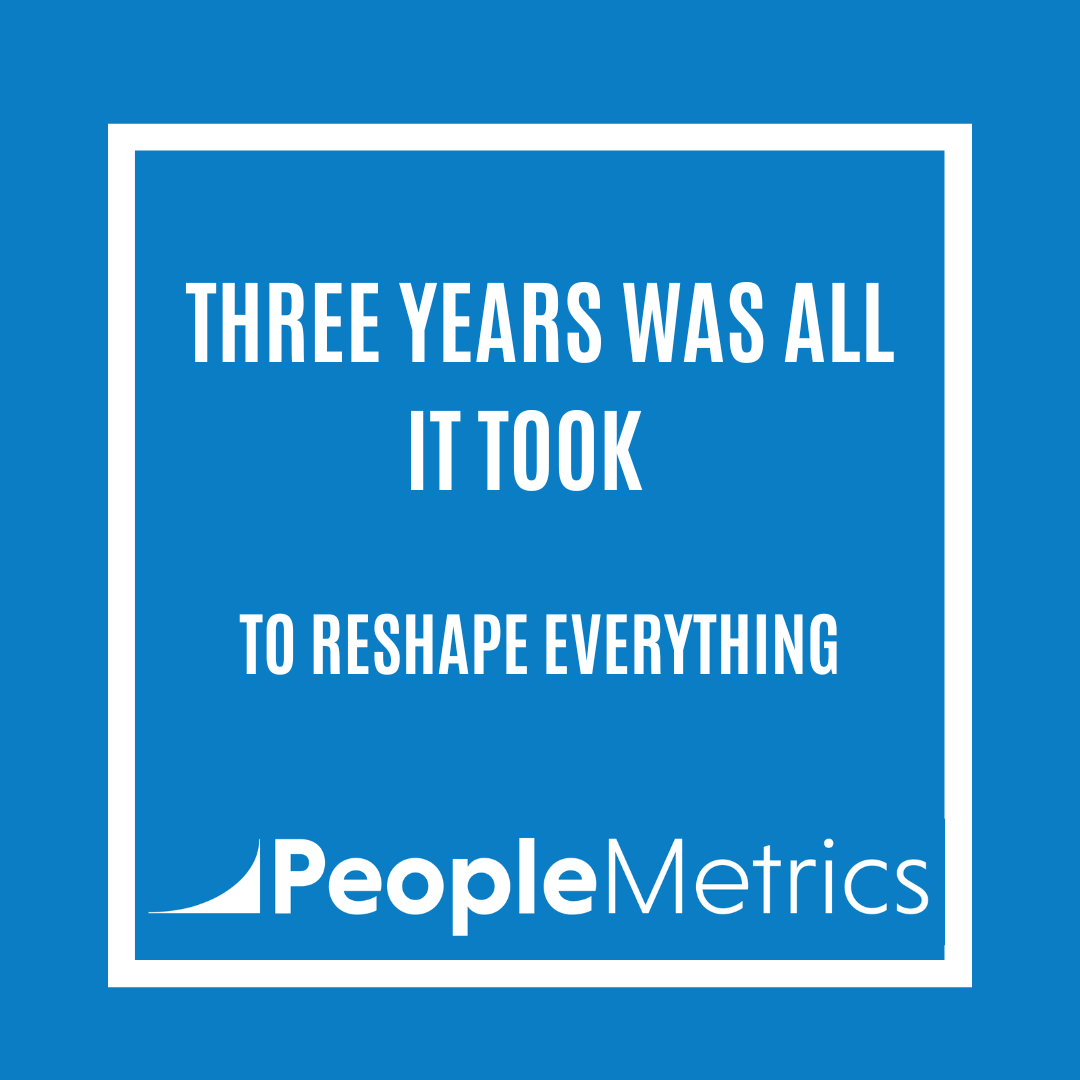An indie founder on X asked a simple question: “What hotel do you recommend in Tokyo?”
Hundreds of people replied. Then he asked an AI assistant to summarize the responses, tally the mentions, and rank the top hotels.
Two minutes later, the AI produced a structured summary of more than 200 replies. The comments were ranked, categorized, and annotated with sentiment. No survey. No dashboard. No PowerPoint. Just a public conversation turned into real-time insight.
As CEO of PeopleMetrics, I’ve been in market research for over 25 years. I’ve seen hundreds of methodologies (surveys, trackers, panels, CX program) all designed to answer the same question: What do people think, and why?
What happened on X wasn’t a gimmick. It was a signal. A glimpse of how insight generation is being rewired in real time.
The Rise of Instant Insight
Traditional research is linear: design, field, analyze, report. It takes weeks or even months.
This new form of insight is conversational and dynamic. A question surfaces, responses flow in, and AI organizes, summarizes, and interprets them almost instantly.
Yes, the sample is biased. It’s a self-selected group of X users, not a representative population. But that’s not the story here. The real story is how well the AI handled the data that did exist. Synthesizing hundreds of open-ended comments with the speed, structure, and clarity of an experienced analyst.
What Grok did was something most researchers would be proud of: it categorized responses, identified sentiment, and surfaced key themes. And did so in seconds, not hours or days.
Imagine applying that same analytical technique to human-verified data from ongoing CX programs or custom research panels. The potential is enormous.
AI can now process open-ended data with the nuance and structure we used to spend days achieving. The opportunity isn’t to abandon rigor, it’s to apply rigor to real-time analysis.
Bias Is Still the Enemy
Let’s be honest. This kind of data is not representative. It’s a public conversation that reflects the loudest voices, not necessarily the most balanced ones.
But rather than dismiss it, we should be thinking about how to make it better. What if we combined this analytical horsepower with verified, high-quality human inputs?
CX data, advisory boards, verified communities … all of these are closed systems with known participants, where responses are authentic and traceable. When AI summarization meets verified human data, we get the best of both worlds: speed without distortion.
The future of research isn’t about collecting more data. It’s about knowing the quality of the data we have and analyzing it in ways that create meaning at the speed of conversation.
The Takeaway
That moment on X wasn’t just a quirky example of social listening. It was a preview of what happens when AI meets conversation.
When applied to human-verified data, this same approach can turn customer experience programs and research panels into living insight systems that are fast, contextual, and grounded in truth.
In a world where conversations become data and data becomes insight in seconds, the researchers who win will be the ones who turn raw noise into real knowledge.
https://seanmcdade.substack.com/p/seans-ai-signal-issue-16





